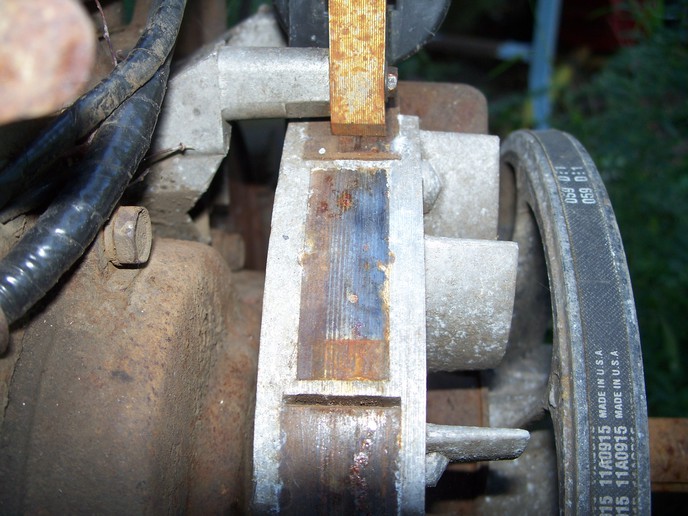Have a 16 horse cast iron B&S engine (circa early 70s) with a no spark issue. I replaced the pickup coil but still no spark.
My question is weather or nor not the flywheel magnet should make continuity with the flywheel and thus the rest of engine as it does.
I realize the replacement coil could be bad however was taken from a running unit.

My question is weather or nor not the flywheel magnet should make continuity with the flywheel and thus the rest of engine as it does.
I realize the replacement coil could be bad however was taken from a running unit.


